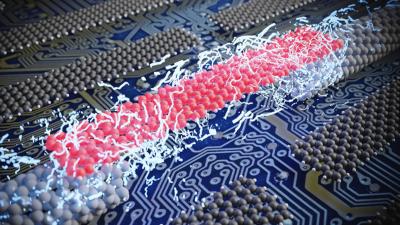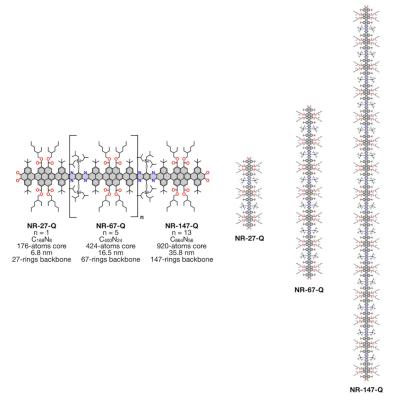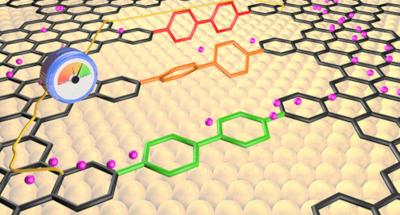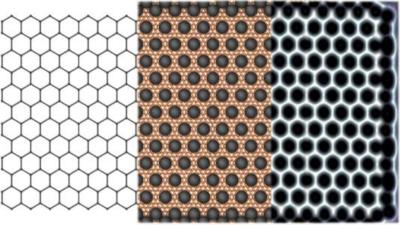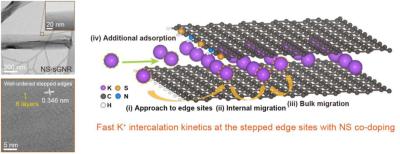Researchers report novel method for revealing and characterizing the spin-polarization of edge states in graphene nanoribbons
A team of scientists, led by David Serrate, CSIC scientist at the Instituto de Nanociencia y Materiales de Aragón, INMA (a joint institute of the CSIC and the University of Zaragoza), has imaged for the first time the magnetic behavior of a graphene nanostructure. The team has not only revealed the magnetic state of narrow graphene ribbons (~2 nm), but has also shown the method they developed to magnetically characterize any planar nanographene.
Starting with a specifically designed organic precursor, the researchers synthesized the ribbons directly onto a magnetic surface, obtaining atomically precise edges that contain an alternating sequence of zig-zag graphene segments. This geometry strongly confines the graphene electron cloud around the edge, which causes the instability responsible for the intrinsic magnetism of the graphene nanostructure –a remarkable fact taking into account that the ribbon is formed just by non-magnetic carbon and hydrogen atoms.
